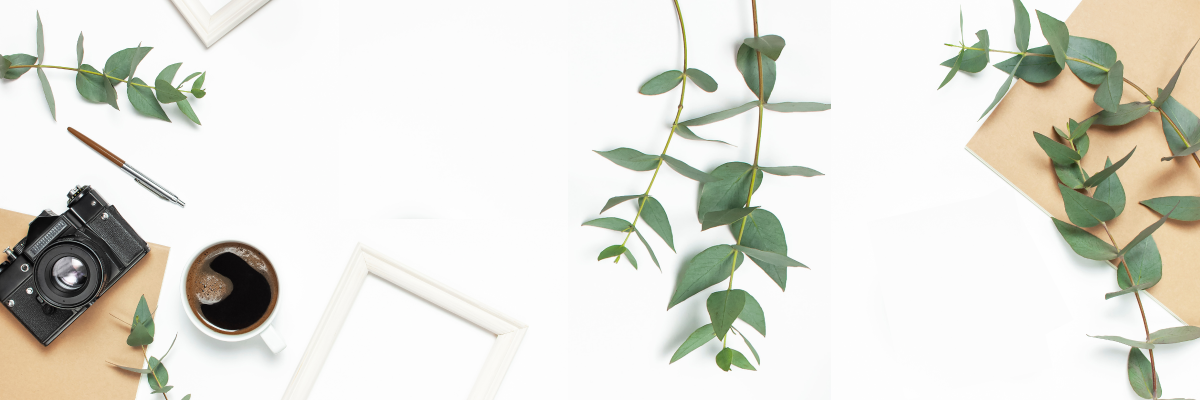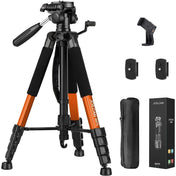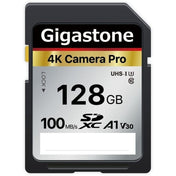Welcome to KatStorm Photography, where we appreciate the art of capturing moments in all their beauty. One of the most challenging yet rewarding aspects of photography is mastering the art of shooting in low light environments. Whether you're capturing a sunset, a cityscape at night, or an intimate indoor portrait, understanding how to optimize your photography camera for low light conditions is crucial. In this guide, we will delve into the techniques and tips for achieving stunning results in challenging lighting situations.
The Importance of Having the Right Camera
When it comes to shooting in low light, having a camera equipped with a high-quality sensor is paramount. A camera with a 20MP sensor, for example, can significantly enhance the clarity and detail of your low light shots. The larger sensor size allows for better light sensitivity, making it easier to capture sharp images in dimly lit environments.
Understanding ISO Settings
ISO plays a crucial role in low light photography. Increasing the ISO sensitivity on your camera allows you to capture brighter images in low light conditions. However, be mindful of increasing the ISO too high, as this can introduce unwanted noise or graininess to your photos. Finding the right balance between ISO and image quality is key to achieving optimal results.
Mastering Shutter Speed
Shutter speed controls the amount of light that enters your camera. In low light situations, using a slower shutter speed can help capture more light and create stunning long-exposure shots. However, be cautious of camera shake when using slower shutter speeds – using a tripod or image stabilization feature can help maintain sharpness in your photos.
Utilizing Aperture for Creative Effects
Aperture plays a key role in low light photography by controlling the depth of field and the amount of light that enters the camera. In low light environments, using a wider aperture (lower f-stop) allows more light to reach the sensor, resulting in brighter images with a shallower depth of field. This can be particularly effective when shooting portraits or close-up shots in dim lighting.
Optimizing White Balance Settings
White balance is essential for achieving accurate color reproduction in low light photography. Different light sources can cast varying color temperatures, which may affect the overall look of your photos. Experiment with your camera's white balance settings to ensure that colors appear natural and true to life in low light conditions.
Experimenting with Light Painting Techniques
Low light environments provide a great opportunity to experiment with light painting techniques. By using a light source such as a flashlight or sparkler, you can create unique and artistic effects in your photos. Adjusting your camera settings to a longer exposure allows you to capture the light trails and patterns created by the moving light source.
Using HDR Mode for Enhanced Dynamic Range
High Dynamic Range (HDR) mode can be a valuable tool in low light photography, especially when dealing with high-contrast scenes. HDR mode combines multiple exposures of the same shot to create a final image with enhanced detail in both the shadows and highlights. This can help you achieve well-balanced and visually striking photos in challenging lighting conditions.
Embracing the Magic of Night Photography
Night photography offers a unique opportunity to capture the world in a different light – quite literally. From the glittering lights of a city skyline to the serene beauty of a starry night sky, the possibilities for creative expression are endless. With the right camera settings and a touch of creativity, you can capture mesmerizing night-time images that truly stand out.
Tips for Achieving Sharpness in Low Light Shots
Obtaining sharp and crisp images in low light conditions can be a challenge, but with the right techniques, it is certainly achievable. Using a sturdy tripod, utilizing manual focus, and taking advantage of image stabilization features in your camera can all contribute to achieving sharpness in your low light shots.
Staying Patient and Persistent
Mastering photography in low light environments is a journey that requires patience and persistence. Don't be discouraged by initial challenges – with practice and experimentation, you can refine your skills and capture stunning low light photos that showcase your unique perspective and creativity.
Unleash Your Creativity in Every Shot
As you embark on your low light photography adventures, remember that each shot is an opportunity to unleash your creativity and tell a captivating visual story. With the right camera settings, a keen eye for lighting, and a willingness to experiment, you can push the boundaries of what's possible in low light photography and create images that truly shine.
Experience the magic of capturing the world in a new light with KatStorm Photography. Embrace the art of photography in low light environments and unlock your full creative potential behind the lens. Start your journey today and illuminate the beauty of the world through the lens of your camera.
Explore another user's Shopify store by clicking here. Please note that this is a promotional link, and we assume no responsibility for the content on the linked store.












